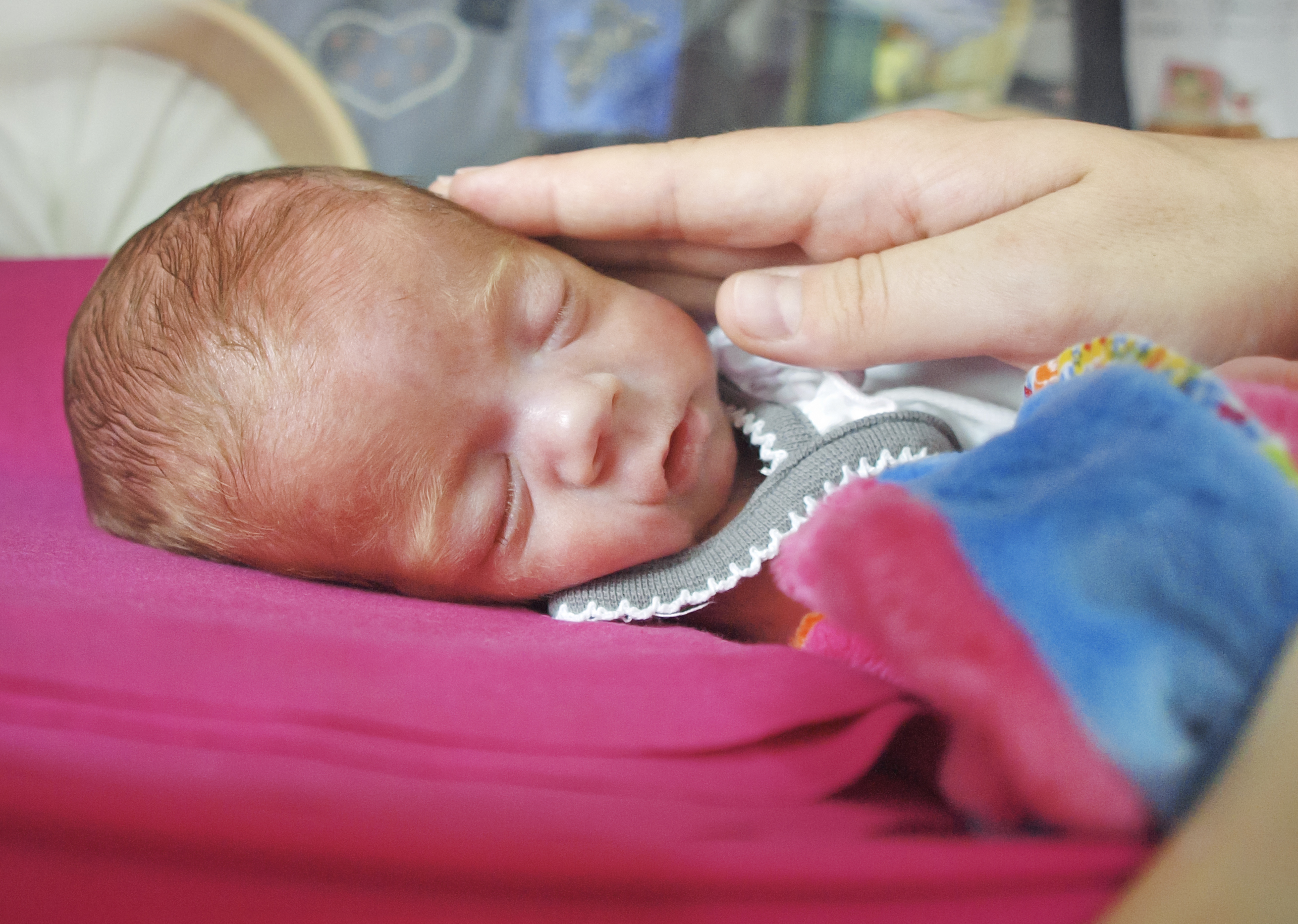
Don’t miss out on new resources
Please join us as we – together with our partners – chart new paths toward a healthier world. Sign up for our newsletter today.

Relevant sources of information and fast facts about breastfeeding and breastmilk for families in Switzerland
Content and links are reviewed regularly to bring you the most current information available. Is there a resource that you use, but do not see here? We might be interested in including it – please get in touch!
If you are in Frauenfeld (Switzerland), we welcome you to visit our community breastfeeding room. It is a quiet, relaxing space for breastfeeding mothers, children and their families.




Breastfeeding and breastmilk consumption produce zero-to-minimal waste
With no ‘industry’ required to manufacture breastmilk, its ecological footprint is feather light.
( Source )
Breastmilk is 87% water, keeping babies properly hydrated in the first 6 months
The ‘standard’ composition of breastmilk is 87% water, 3.8% fat, 1.0% protein and 7% lactose, keeping babies properly hydrated and nourished.
( Source ) ( Source )Yet breastmilk composition changes dynamically – hourly, daily, weekly and monthly – adapting to each infant’s nutritional, developmental and immune needs.
( Source )
Mothers send signals about when to sleep, wake and eat to their newborns via breastmilk
Mothers help set their infants’ circadian clocks thanks to hormones like glucocorticoids and melatonin that pass from her plasma to her milk.
( Source )Breastmilk concentrations of fat, proteins and amino acids, among others, differ dramatically from day to night, also helping infants develop their own circadian rhythms.
( Source )
Foods mothers eat change the flavor of their breastmilk
Sweet, bitter, sour, salty, umami – the flavors infants are exposed to via breastmilk contribute to their unique set of taste preferences.
( Source )Infants exposed to a wide variety of flavors from healthy, nutrient-rich foods – first through amniotic fluid and later through breastmilk – can lead to healthier food choices and optimal health later in life.
( Source )
Breastmilk heals from the outside in
Thanks to its antibodies, a few drops of breastmilk can help treat cuts, soothe diaper rash or even help infants with eye and ear infections.
( Source )
Breastfeeding mothers make a direct, positive contribution to the national economy through their supply of breastmilk
Yet not breastfeeding is calculated to cost nearly USD 600 billion per year in economic and human capital losses.
( Source )

Breastfeeding reduces a woman’s risk of developing breast cancer
The reduction effect increases with the number of months spent breastfeeding. In other words, the more time a mother spends breastfeeding, the more protection she gains against developing breast cancer.
( Source )
Breastfeeding may improve endometriosis and reduce its symptoms
Up to 10% of the general female population is affected by endometriosis, a gynecological, estrogen-dependent, inflammatory disease linked to everything from pelvic pain to trouble conceiving.
( Source )Hormones involved in breastfeeding may prevent or mitigate the development endometriosis.
( Source )

Benefits of breastfeeding and breastmilk extend throughout life
Individuals who had been breastfed show improved performance on intelligence tests and higher earnings in adulthood.
( Source )Breastmilk can protect against developing metabolic diseases, like childhood obesity.
( Source )Any amount of breastfeeding shows a protective trend for the prevention of asthma.
( Source )
Breastfeeding can prevent lower respiratory tract infections
Breastfed babies are at lower risk for developing acute bronchitis, influenza and pneumonia.
( Source )